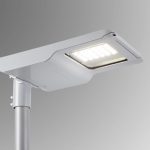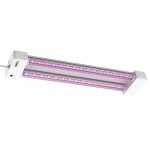Sleep Better with LED Lights: Discovering the Best Light Color for Quality Rest
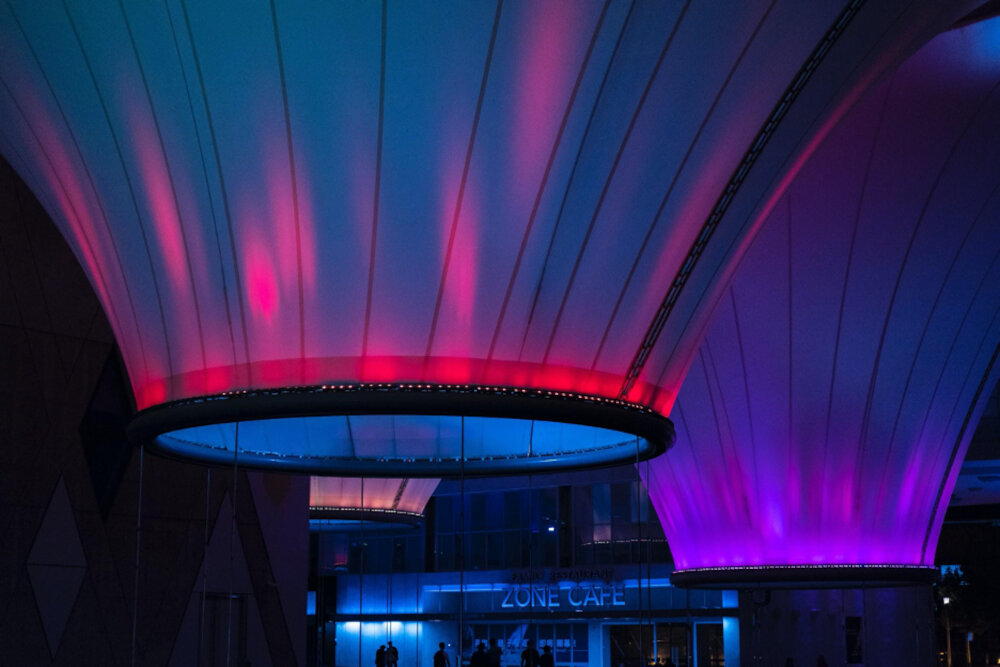
The quality of our sleep plays a crucial role in our overall health and wellbeing. However, with busy and hectic lifestyles, getting enough restful sleep has become a challenge for many of us. Various factors can affect the quality of our sleep, including the environment we sleep in, the temperature, and the lighting. In particular, the color of the light in our bedroom can significantly affect the quality of our sleep. LED lights have become increasingly popular in recent years due to their energy efficiency and long lifespan. However, not all LED lights are equal when it comes to promoting quality rest. In this article, we will explore how different LED light colors can impact our sleep and discover the best light color for quality rest. Research has shown that exposure to certain colors of light can disrupt our natural sleep-wake cycle, also known as our circadian rhythm. Blue light, in particular, is known to suppress the production of melatonin, a hormone that regulates our sleep-wake cycle. This is because blue light has a shorter wavelength, which means it is more stimulating and can trick our brains into thinking that it is still daylight. On the other hand, warmer colors of light, such as orange and red, have longer wavelengths and are less stimulating. These colors can help promote relaxation and improve the quality of our sleep. With LED lights, we have the flexibility to choose from different color temperatures, ranging from cool white to warm white to amber. By selecting the right LED light color, we can create a sleep-friendly environment that promotes quality rest and supports our overall health and wellbeing.
Getting quality sleep is essential to maintain good health and well-being. It is during sleep that our body repairs and rejuvenates itself, and lack of quality sleep can lead to a range of health problems such as fatigue, irritability, and decreased cognitive function. Sleep quality can be improved by creating the right environment, including choosing the right light color. LED lights with a warm white or amber hue are recommended as they promote the production of melatonin, which helps regulate our sleep-wake cycle. By selecting the right color of LED light, we can create a sleep-friendly environment that supports our natural sleep patterns and improves our overall health and well-being.
Light has a significant impact on the quality of our sleep, and recent studies have shown that the type and intensity of light can affect the body’s natural sleep-wake cycle. Exposure to blue light, which is emitted by electronic devices and LED lights, can suppress production of the hormone melatonin, which is responsible for regulating our sleep. This can make it harder to fall asleep and stay asleep, leading to sleep deprivation and a variety of health problems. However, using light in the right way can also improve our sleep quality. Choosing warmer, softer light colors and dimming lights before bedtime can help signal to our bodies that it’s time to wind down and prepare for restful sleep. With a better understanding of how light affects our sleep, we can make simple changes to our lighting habits that can help us sleep better and feel more rested.
LED lights are a type of energy-efficient lighting technology that has revolutionized the lighting industry. They are known for their long lifespan, low energy consumption, and eco-friendliness. In recent years, research has shown that LED lights can also have a significant impact on our sleep quality. The color temperature of LED lights can affect our circadian rhythm, which regulates our sleep-wake cycles. Blue light, which is commonly found in LED lights with a color temperature of 4000K and higher, can suppress the production of melatonin, a hormone that helps us fall asleep. Therefore, it is important to choose LED lights with a warmer color temperature, such as 2700K, to promote quality rest and improve our overall well-being.
Understanding the Science behind Sleep and Light
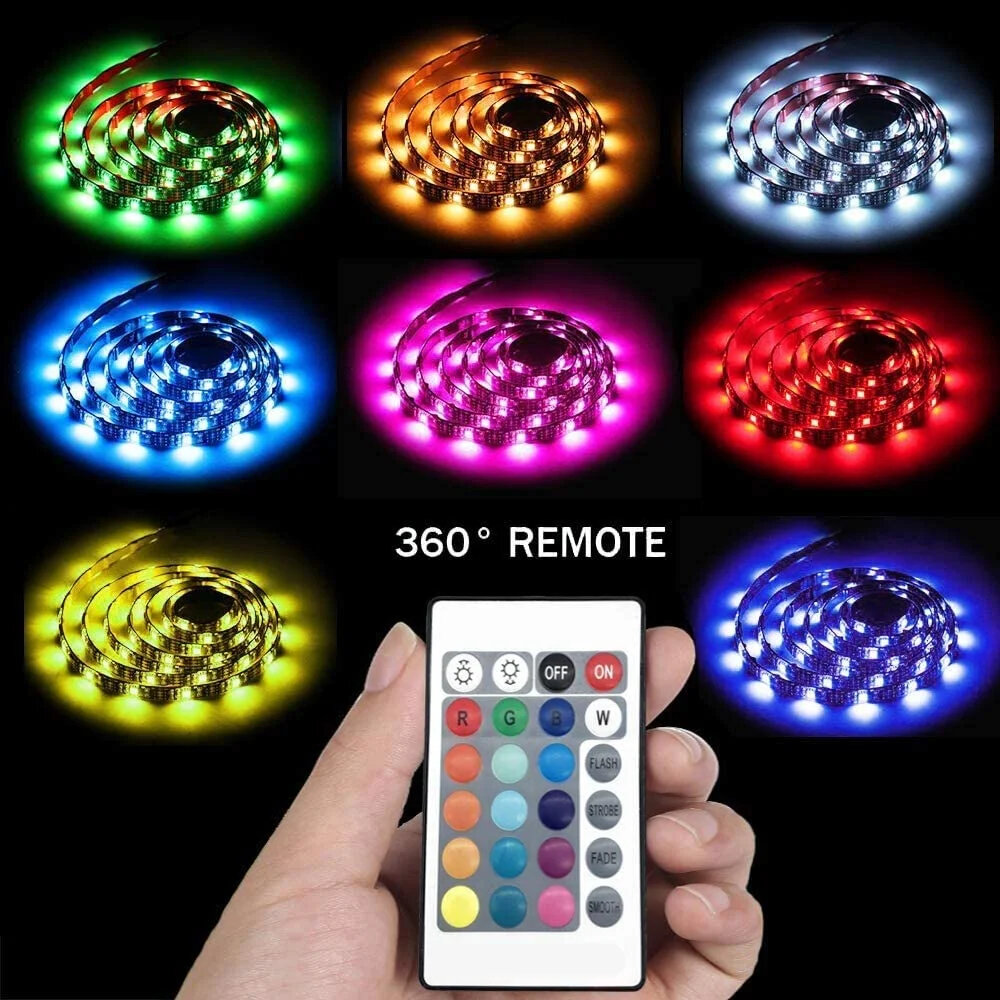
Sleep is a crucial aspect of our daily routine, as it allows our bodies to recover and recharge from the activities of the day. However, many people struggle with getting quality sleep, which can have adverse effects on their physical and mental health. Understanding the science behind sleep and light can help individuals improve their sleep quality and overall well-being. The human body has an internal clock known as the circadian rhythm, which regulates various bodily functions, including sleep. This clock responds to light and darkness, with exposure to bright light signaling to the brain that it is time to wake up and low light signaling that it is time to sleep. Therefore, exposure to bright light, especially blue light, before bedtime can disrupt the circadian rhythm, making it difficult to fall asleep and stay asleep. Understanding the science behind sleep and light has led to the development of LED lights that emit warm, amber-colored light, which is less disruptive to the circadian rhythm and can, therefore, improve sleep quality.
Circadian rhythm is an internal biological clock that regulates our sleep-wake cycle and other physiological processes. It is controlled by a group of nerve cells in the hypothalamus called the suprachiasmatic nucleus (SCN), which responds to light and darkness cues from the environment. Circadian rhythm plays a crucial role in maintaining our overall health and wellbeing as it affects our hormone production, metabolism, immune system, and cognitive performance. Disrupting our circadian rhythm, for instance, by exposure to blue light emitted by electronic devices, can lead to poor sleep quality, daytime fatigue, and other health problems. Therefore, understanding the impact of light on our circadian rhythm is essential for improving our sleep and health.
Melatonin is a hormone that regulates the sleep-wake cycle, and it is produced naturally in the body by the pineal gland. The production of melatonin is highly influenced by light exposure, especially blue light. When the eyes are exposed to blue light, the production of melatonin is suppressed, which can lead to difficulty falling asleep and maintaining a proper sleep schedule. On the other hand, exposure to red or orange light has been shown to increase melatonin production, making it easier to fall asleep and stay asleep. This is why experts recommend using warm, dim lights in the bedroom before bedtime to promote natural melatonin production and improve the quality of sleep. LED light bulbs with adjustable color temperature can be a great solution for achieving the ideal lighting conditions for quality rest.
Light has a significant impact on the quality of sleep. Exposure to bright and blue light, especially in the evening, can disrupt the body’s natural circadian rhythm, making it harder to fall asleep and stay asleep. This is because blue light suppresses the production of melatonin, the hormone that regulates sleep. On the other hand, warmer and dimmer lights, such as those with a yellow or orange hue, can promote relaxation and enhance sleep quality. This is because they mimic the natural light of the sunset, signaling the body to wind down and prepare for rest. Therefore, choosing the right type of LED lights can have a significant impact on the quality of sleep and overall well-being.
Types of LED Lights
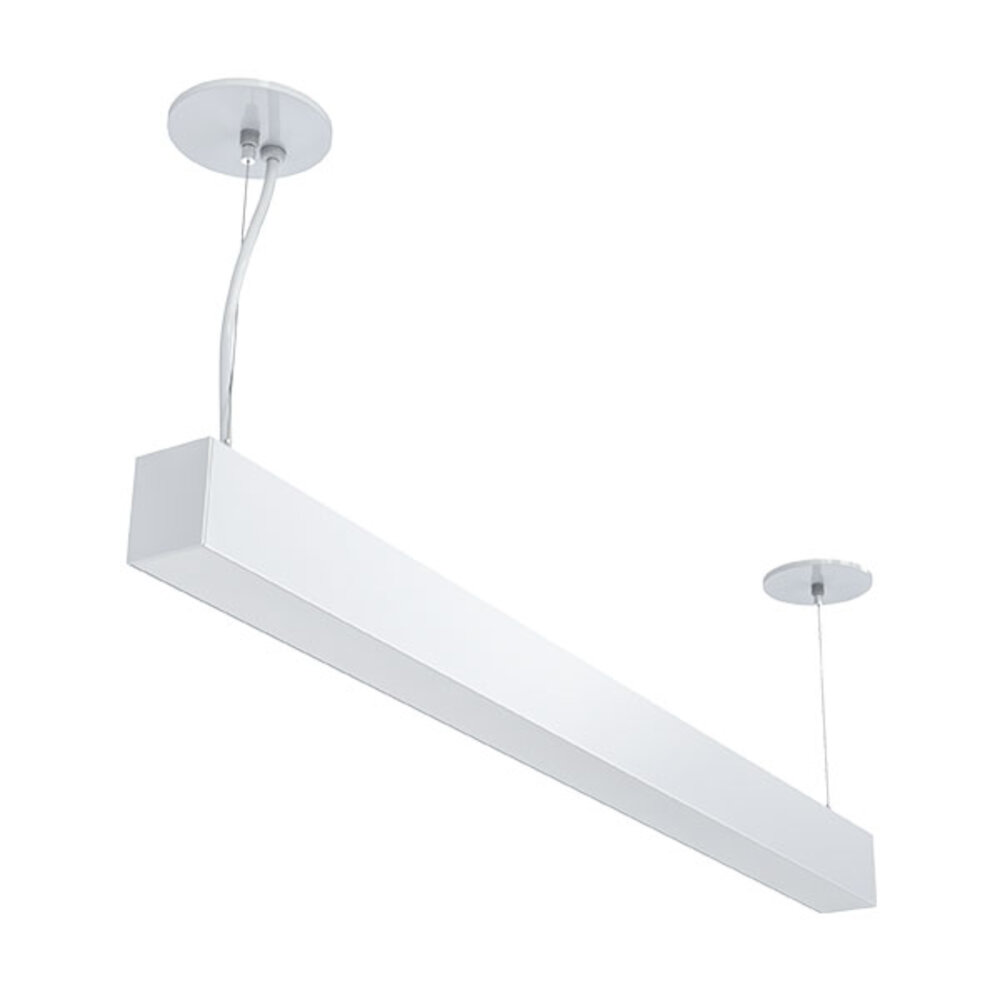
LED lights are a popular choice for lighting solutions due to their energy efficiency and long-lasting lifespan. When it comes to choosing LED lights for your home, it’s important to consider the different types available and their effects on sleep quality. One type of LED light is cool white, which emits a blue-white light that can disrupt sleep patterns. This type of light is often used in offices and commercial settings, but may not be the best choice for bedrooms or other spaces where relaxation is a priority. Another type of LED light is warm white, which emits a softer, yellow-white light that is more calming and conducive to restful sleep. This type of light is often used in living areas and bedrooms, as it creates a cozy and comfortable atmosphere. Additionally, there are LED lights available that can be adjusted to different color temperatures, allowing you to customize your lighting to your personal preferences and needs. By choosing the right type of LED light for your space, you can improve your sleep quality and create a more relaxing environment for yourself and your family.
Different color temperatures of LED lights have varying effects on sleep. Blue light, which has a high color temperature, can disrupt the body’s natural sleep-wake cycle by inhibiting the production of melatonin, a hormone that regulates sleep. Exposure to blue light before bed can make it harder to fall asleep and can lead to poor sleep quality. On the other hand, warm white light, which has a low color temperature, can promote relaxation and enhance sleep quality. It can also help the body produce more melatonin, leading to a more restful night’s sleep. Therefore, it is important to choose the right color temperature for your LED lights to promote healthy sleep habits and improve the overall quality of your rest.
When it comes to LED lights, warm and cool tones each have their own unique benefits and drawbacks. Warm LED lights have a yellowish hue that can create a cozy and inviting atmosphere. They are often used in bedrooms and living rooms to promote relaxation and calmness. However, they can also cause eye strain and disrupt sleep patterns if used too close to bedtime. On the other hand, cool LED lights have a blueish tint that can increase alertness and productivity. They are often used in workspaces and kitchens where focus is important. However, they can also be harsh on the eyes and interfere with sleep if used too late in the evening. Ultimately, the best light color for quality rest will depend on individual preferences and needs.
Choosing the right LED light for your sleep needs can make a significant difference in the quality of your rest. The ideal color temperature of a light for sleep is between 2700K to 3000K, which is a warm and relaxing light that mimics the natural sunset. Avoid using cool white lights that emit a blue-white light as they can disrupt your circadian rhythm and suppress melatonin production, making it harder to fall asleep. Additionally, consider using dimmable LED lights or those with adjustable brightness to create a calming and comfortable environment in your bedroom. By selecting the right LED light, you can promote better sleep and wake up feeling refreshed and energized.
Tips for Using LED Lights to Improve Sleep

LED lights have become a popular alternative to traditional incandescent bulbs due to their energy efficiency and longevity. However, did you know that they can also be used to improve the quality of your sleep? By choosing the right color temperature and using dimming features, LED lights can support healthy sleep habits and help you wake up feeling refreshed. One of the most important factors to consider when using LED lights for sleep is the color temperature. Blue light, which is commonly emitted by electronic devices and many LED bulbs, can disrupt your body’s natural sleep/wake cycle by suppressing the production of melatonin. To avoid this, it’s best to choose LED lights with warm color temperatures, which emit a soft, yellowish light that mimics the warm glow of candlelight. Additionally, some LED lights offer color temperature adjustments or dimming features that can be programmed to gradually reduce the light intensity as bedtime approaches, helping you wind down and prepare for a restful night’s sleep. By incorporating LED lights into your sleep routine, you can create a calming and relaxing atmosphere that supports healthy sleep habits and improves your overall quality of life.
Blue light exposure before bedtime can have a negative impact on your sleep quality. The blue light emitted from LED lights, computer screens, and mobile devices suppresses the production of melatonin, a hormone that regulates our sleep-wake cycle. This disruption can lead to difficulty falling asleep and staying asleep throughout the night. To avoid blue light exposure before bedtime, it’s recommended to switch to warmer, reddish hues of light in the evening. This can be achieved through the use of amber-tinted glasses, dimming the lights, or using warm-colored LED lights. By making these simple changes to your routine, you can improve your sleep quality and wake up feeling more rested and refreshed.
Creating a sleep-friendly environment is essential to get a good night’s rest, and LED lights can help. By choosing the right color temperature and brightness, you can create a relaxing atmosphere that promotes sleep. Blue light, for example, should be avoided as it suppresses the production of melatonin, a hormone that regulates sleep. Instead, warm white or amber LED lights are ideal for a sleep-friendly environment as they mimic the natural sunset and promote relaxation. Additionally, dimming the lights in the evening can also signal to the body that it’s time to wind down and prepare for sleep. By making these small adjustments to your LED lighting, you can improve your sleep quality and wake up feeling refreshed and energized.
Incorporating LED lights into your bedtime routine can be a game-changer when it comes to improving the quality of your sleep. LED lights with warm color temperatures, such as red or orange, can help promote relaxation and calmness, making it easier to fall asleep. On the other hand, blue or cool-toned LED lights can interfere with your body’s natural production of melatonin, which can disrupt your sleep patterns. By choosing the right LED lights and incorporating them into your nighttime routine, you can create a calming and restful atmosphere that will help you get the sleep you need to wake up feeling refreshed and energized. So, next time you’re getting ready for bed, consider swapping out your traditional light bulbs for LED lights to improve your sleep quality.
Other Factors Affecting Sleep Quality
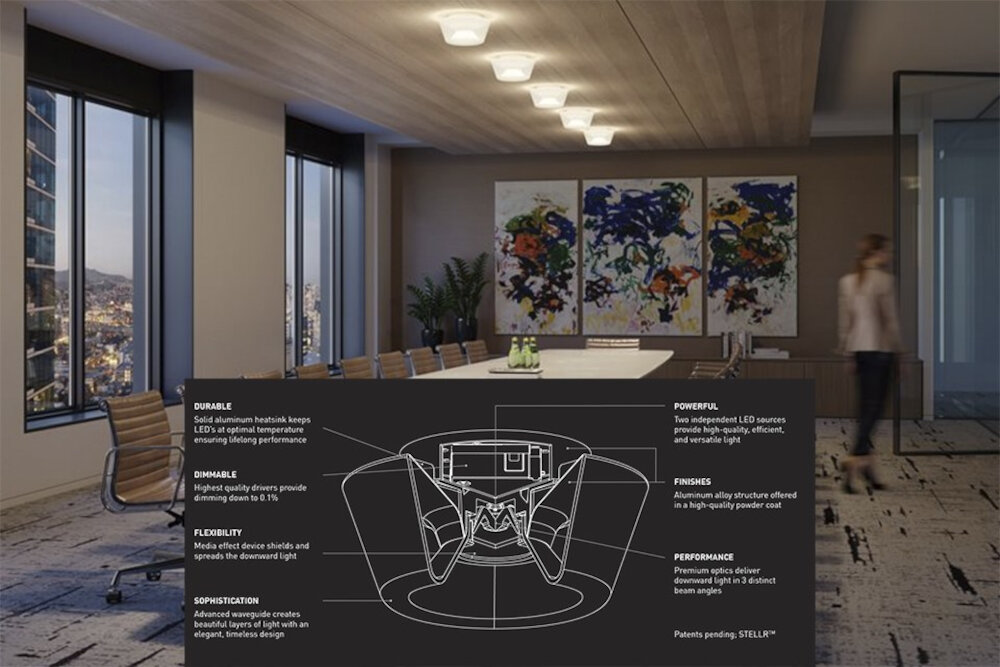
In addition to the type of light used in the bedroom, there are several other factors that can affect the quality of our sleep. One of the most significant is the temperature of the room. If the bedroom is too hot or too cold, it can make it difficult to fall and stay asleep. Ideally, the room temperature should be between 60 and 67 degrees Fahrenheit for the best sleep possible. Additionally, noise levels can also impact sleep quality. Loud noises from traffic, neighbors, or outside sources can be disruptive and make it difficult to sleep soundly. Using white noise or earplugs can help mask these sounds and promote better sleep. Another factor that can affect sleep quality is the use of electronic devices before bed. The blue light emitted by screens on smartphones, tablets, and laptops can interfere with the body’s natural production of melatonin, a hormone that helps regulate sleep. This disruption can make it harder to fall asleep and can also result in less restorative sleep. It’s recommended to avoid using these devices for at least an hour before bedtime, or to use blue light-blocking glasses to reduce the impact of the light. Additionally, caffeine and alcohol intake can also impact sleep quality, so limiting consumption before bedtime can lead to a better night’s rest.
Noise levels can have a significant impact on the quality of sleep one experiences. Even low levels of noise can disrupt sleep and cause sleep fragmentation, leading to poor sleep quality and daytime fatigue. Noise can come from various sources, such as traffic, airplanes, or even snoring partners. Studies have shown that exposure to high noise levels during sleep can also increase the risk of cardiovascular disease and hypertension. Therefore, it is important to create a quiet and peaceful sleep environment to optimize sleep quality. Using LED lights with the appropriate color temperature can also contribute to a relaxing and calming sleep environment, leading to a better night’s sleep.
Temperature plays a crucial role in our sleep quality. It is essential to maintain the right temperature in our bedroom to ensure we get a good night’s rest. If the temperature is too high or too low, it can negatively affect our sleep quality and cause us to wake up feeling tired and groggy. Studies have shown that the optimal temperature for sleep is between 60-67 degrees Fahrenheit, and anything above or below this range can cause discomfort and disrupt our sleep. Therefore, it is crucial to control the temperature in our bedrooms through the use of air conditioning, fans, or heating systems, to ensure that we get the most restful and rejuvenating sleep possible.
A comfortable sleep environment is crucial for getting quality rest and ensuring overall well-being. The lighting in our bedroom plays a significant role in creating a comfortable atmosphere. LED lights are known to be the most energy-efficient and eco-friendly lighting option available in the market. They come in various colors and intensities, and choosing the right color can significantly impact our sleep quality. The blue light emitted by electronic devices such as smartphones, laptops, and televisions, can disrupt our circadian rhythm, making it harder to fall asleep. By using LED lights in warm colors such as yellow, orange, or red, we create a relaxing and calming environment, promoting a better night’s sleep. With the right lighting, we can improve our sleep quality and wake up feeling refreshed and energized.
Sleep is an essential aspect of human life, and it plays a crucial role in maintaining physical and mental health. A good night’s sleep is essential for the body to rejuvenate and repair itself, and lack of sleep can lead to a host of health problems, including obesity, diabetes, and cardiovascular diseases. The role of LED lights in improving sleep quality is becoming increasingly apparent. LED lights emit a blue light that suppresses the production of melatonin, the hormone that regulates the sleep-wake cycle. By switching to LED lights that emit warmer colors like orange and red, people can improve their sleep quality by promoting the production of melatonin. Additionally, using dimmable LED lights can create a relaxing environment that promotes relaxation and better sleep.
In conclusion, LED lights can significantly improve the quality of your sleep by choosing the right color temperature. Light with a lower color temperature, like warm white or yellow, can help stimulate the secretion of melatonin and promote relaxation. On the other hand, blue light, which is abundant in cool white and daylight LED bulbs, can interfere with the production of this hormone and disrupt your natural sleep cycle. Therefore, it’s recommended to use warmer LED lights in the evening and avoid bright blue-light emitting devices, such as smartphones or tablets, before bedtime. Additionally, installing dimmer switches or smart bulbs with adjustable color temperature can allow you to customize your lighting environment according to your preferences and sleep needs. By making these simple adjustments, you can enjoy a more restful and rejuvenating sleep.
Conclusion

In conclusion, LED lights can play a crucial role in promoting quality sleep. By choosing the right color temperature, we can help our bodies regulate the production of melatonin and enhance our natural sleep-wake cycle. Blue and cool white light should be avoided in the evening, while warm, amber, and red lights can promote relaxation and improve sleep quality. It’s important to be mindful of the lighting in our environment, whether it’s at home or in the workplace, and make adjustments to support our sleep needs. So, let’s prioritize our sleep and create a more restful environment with the power of LED lighting.

